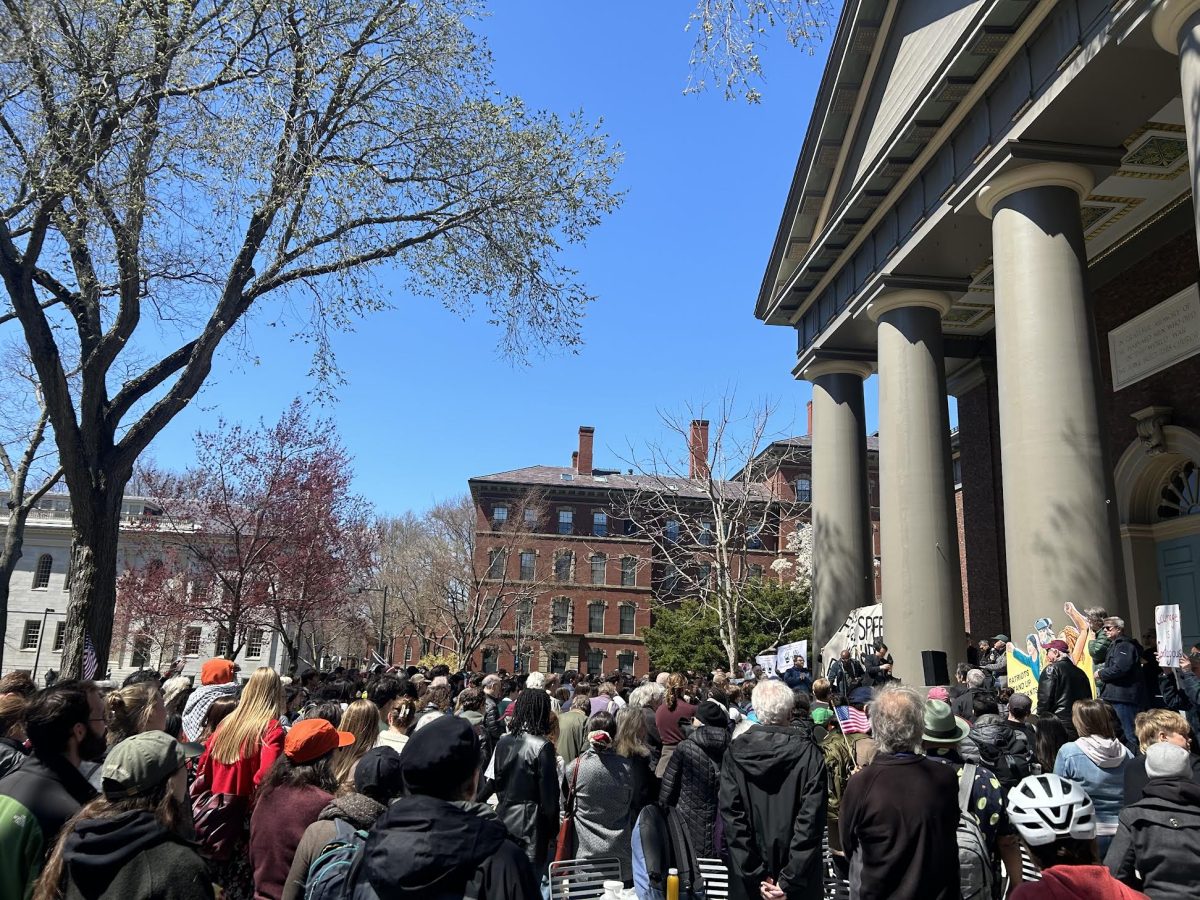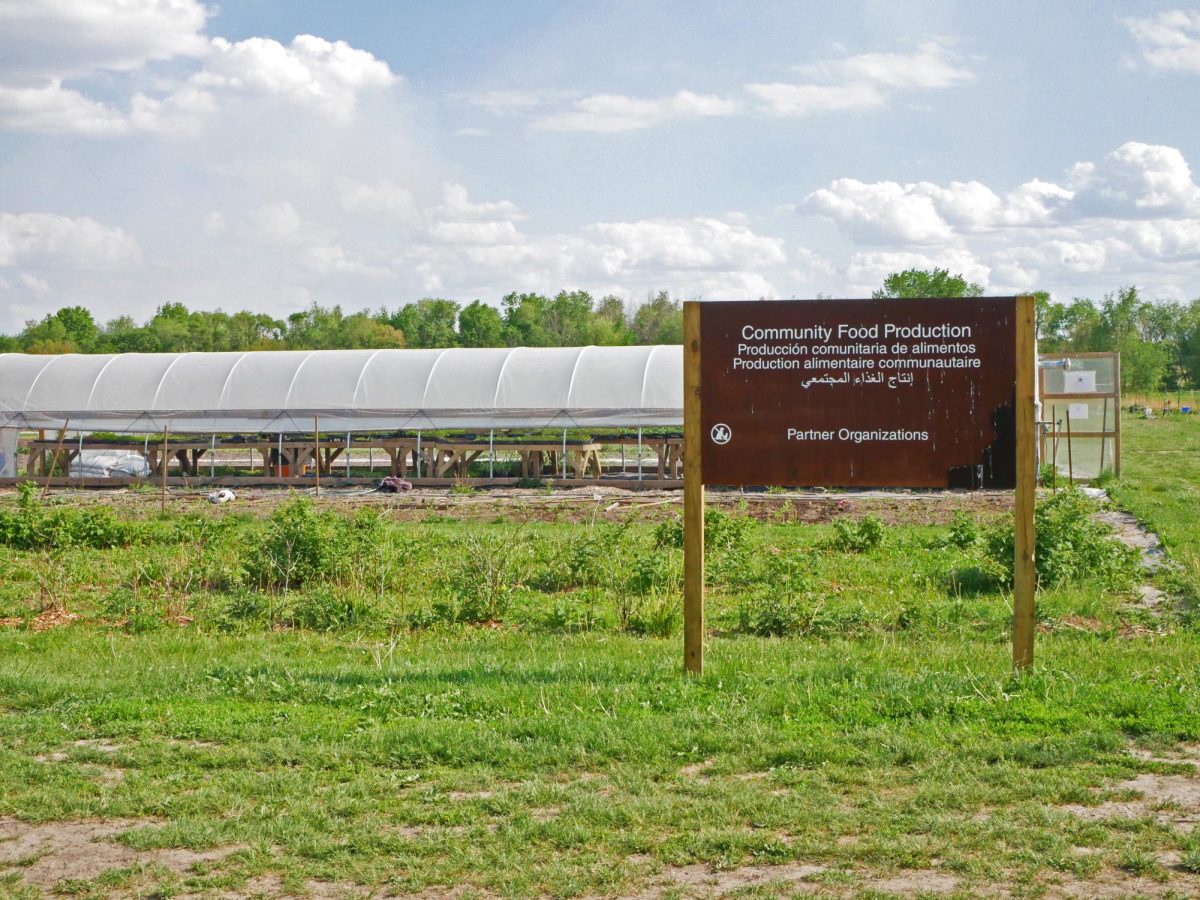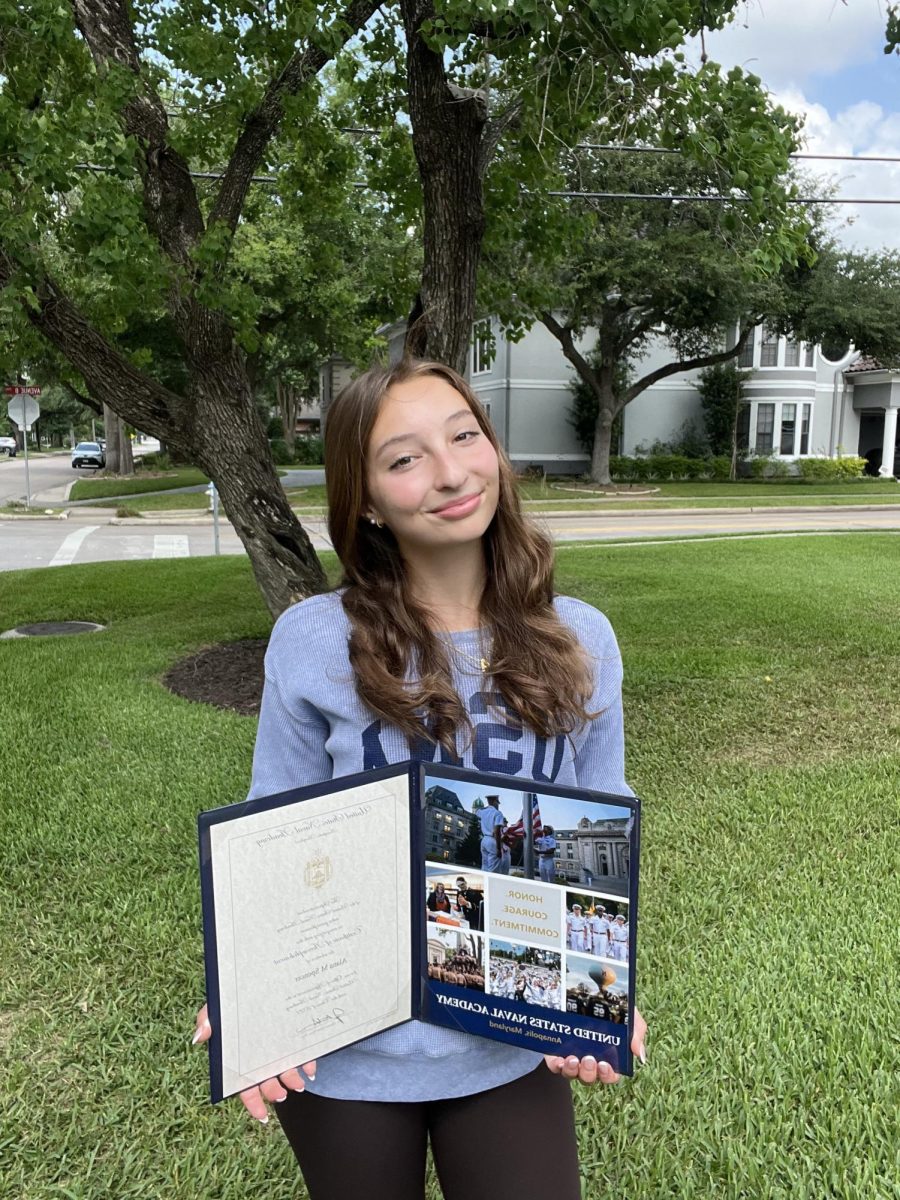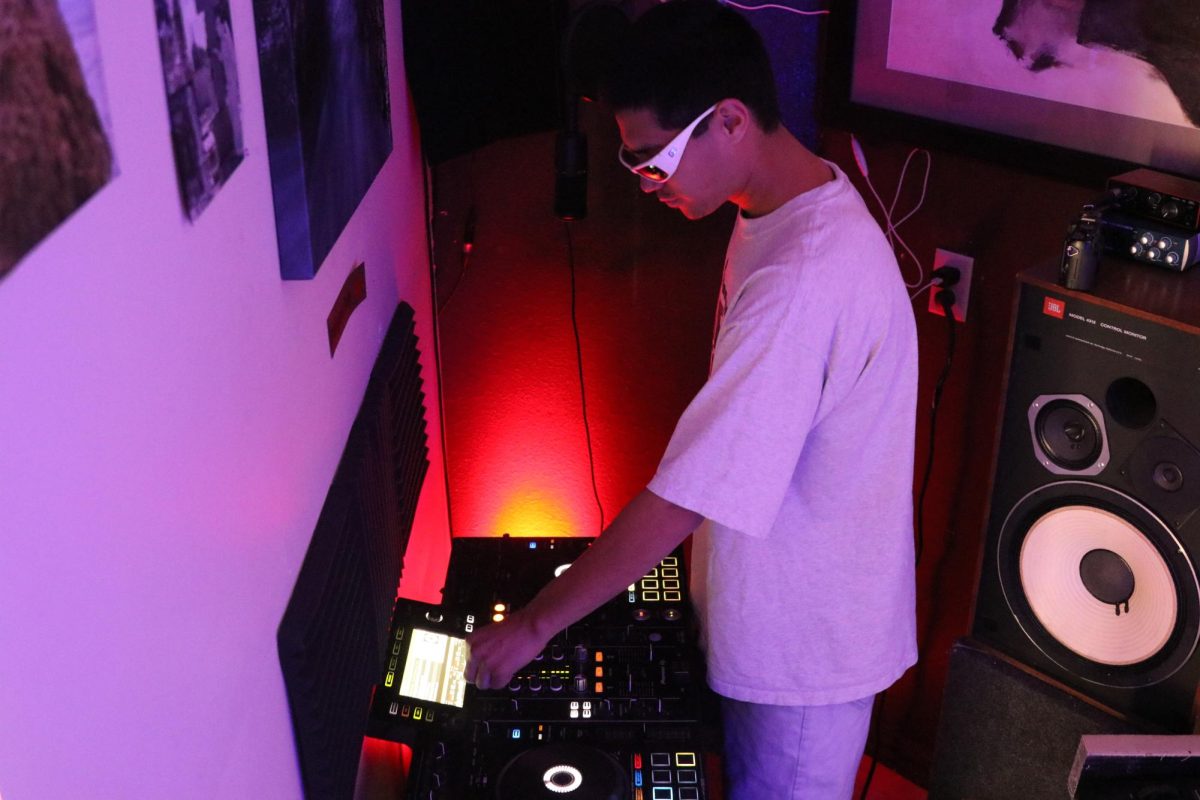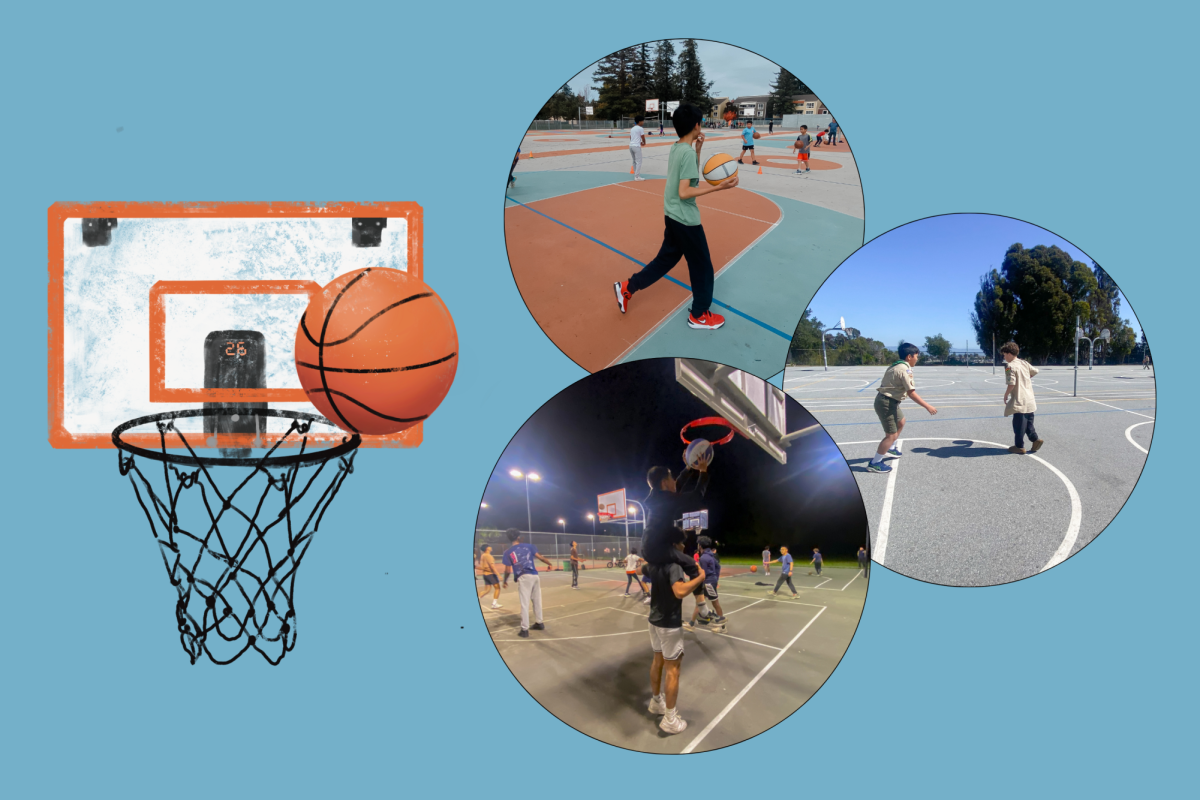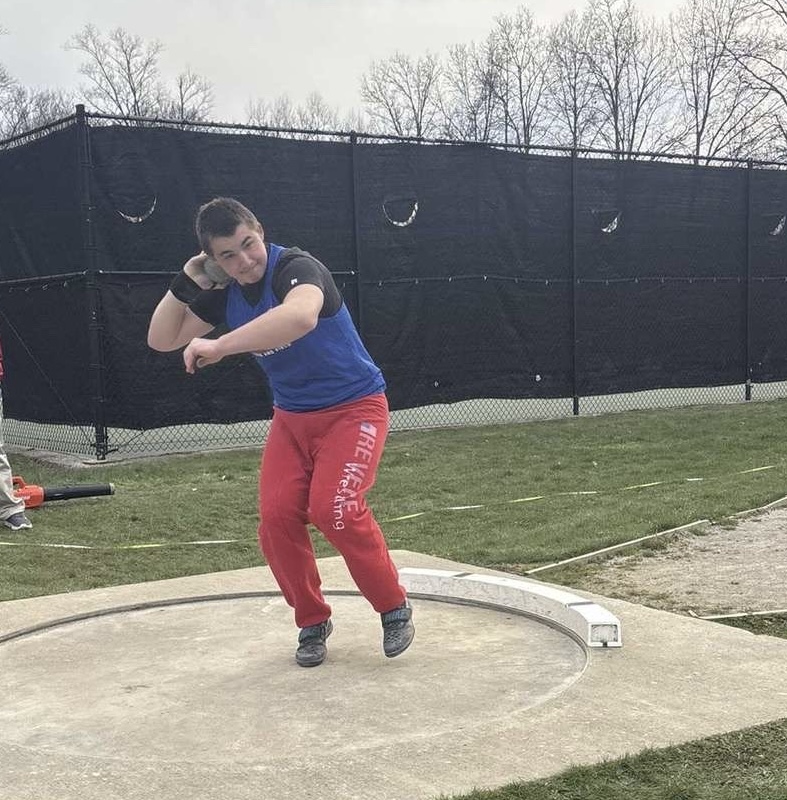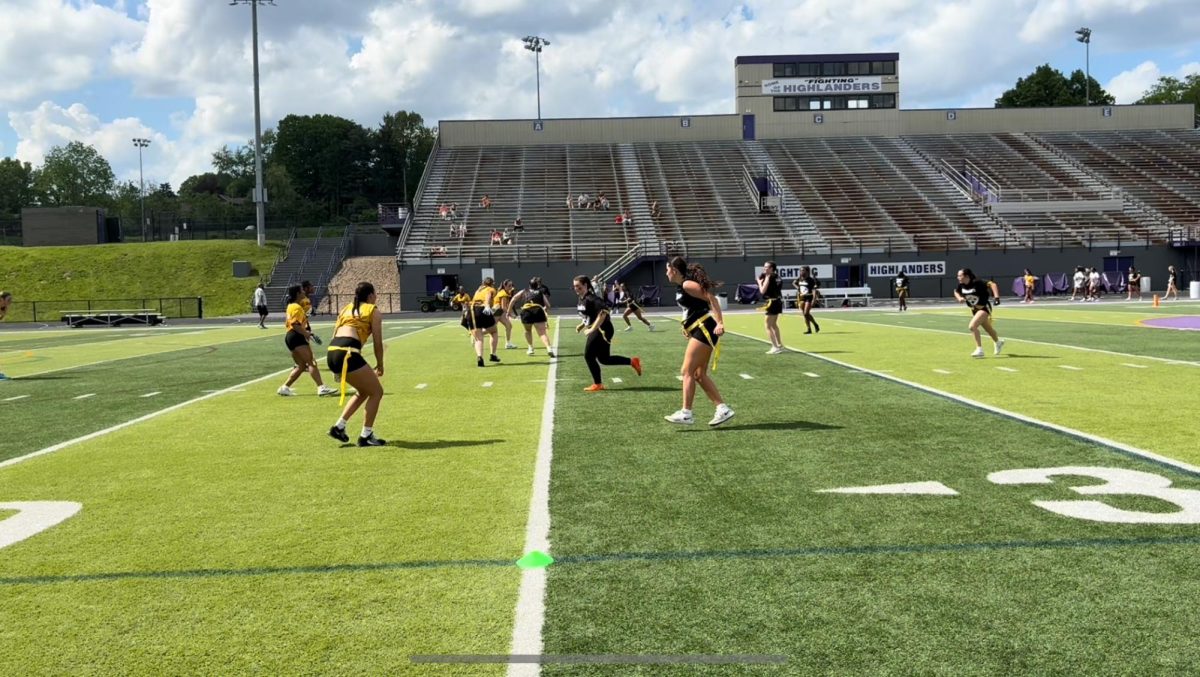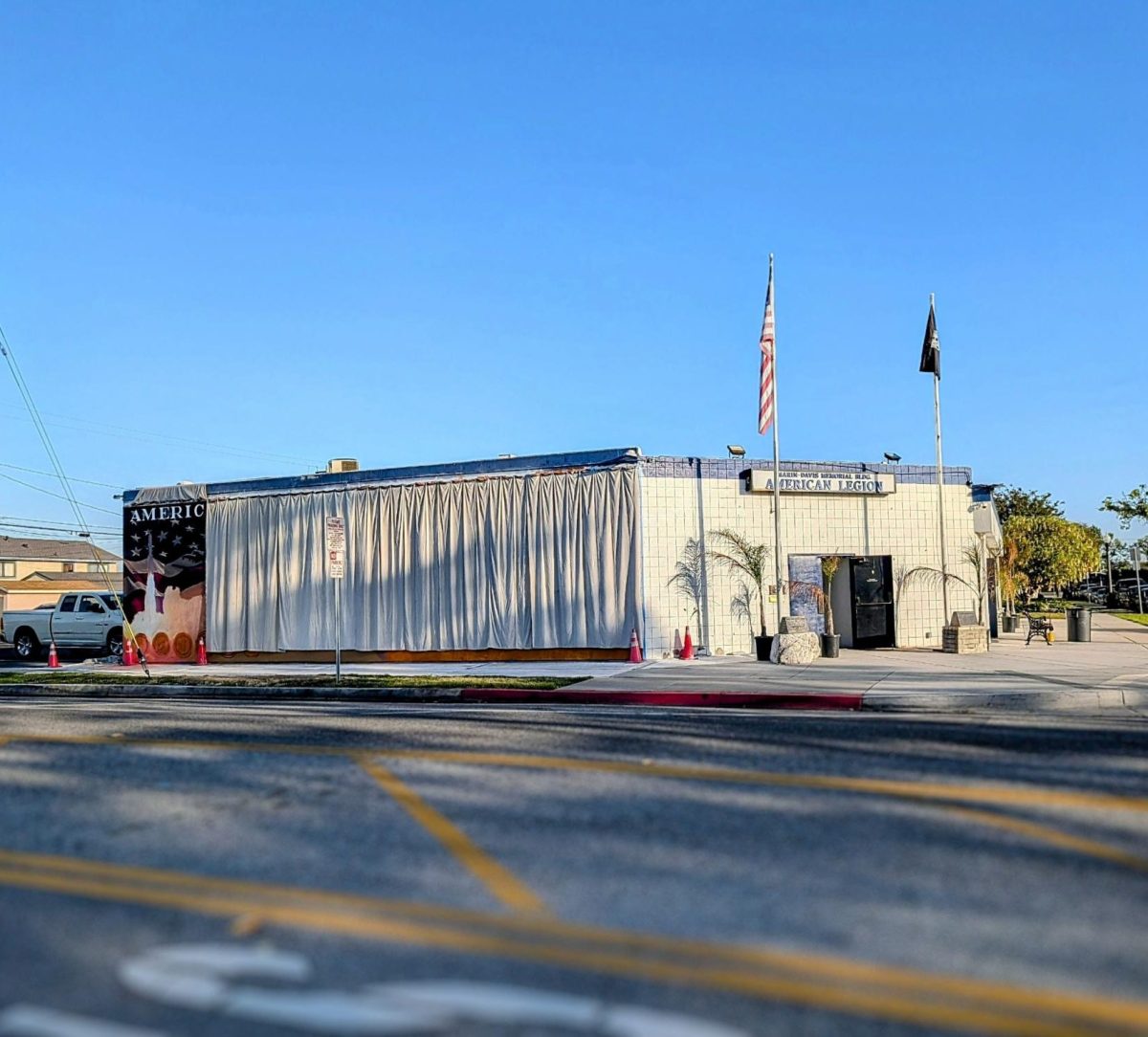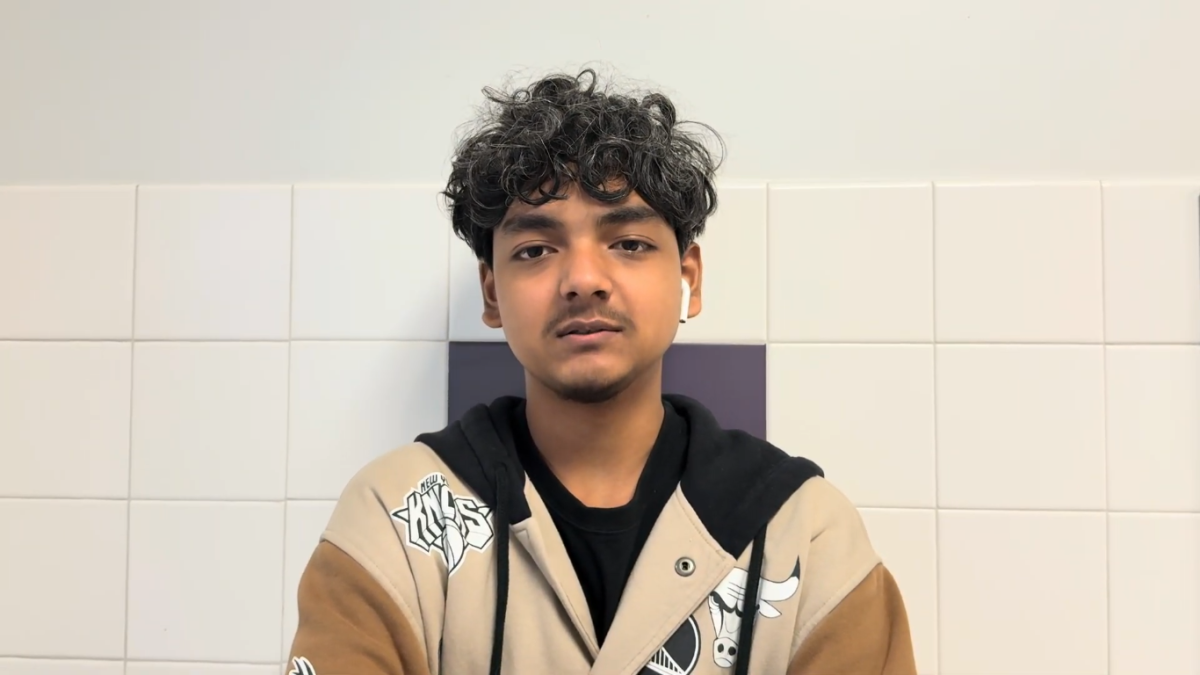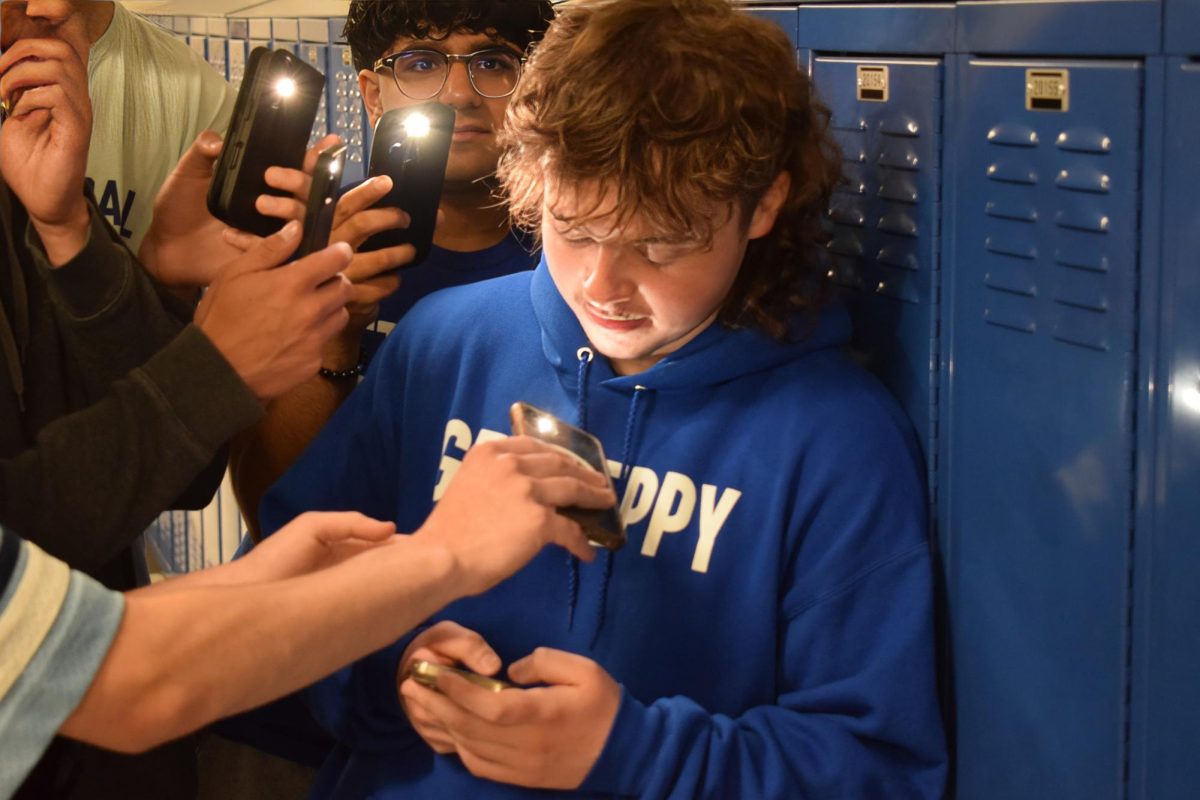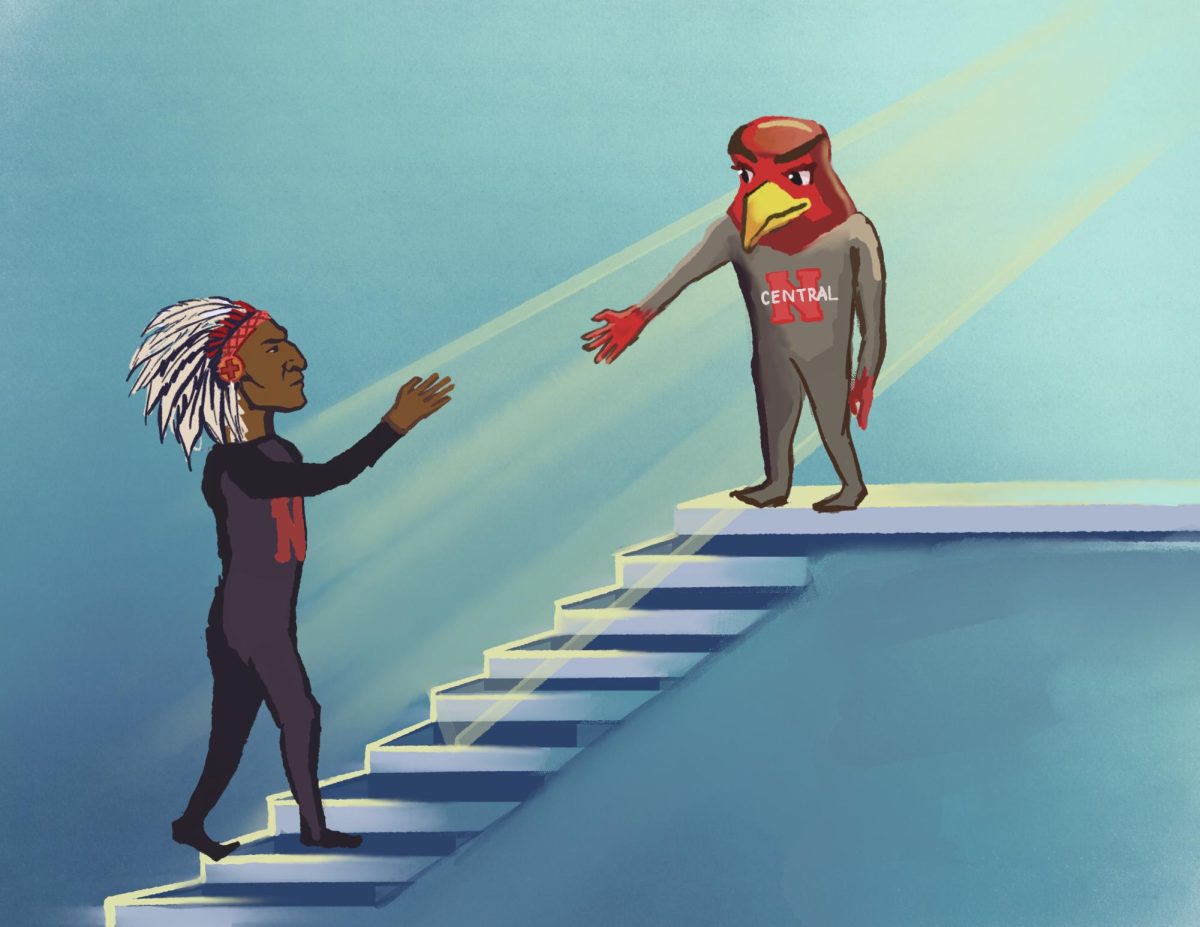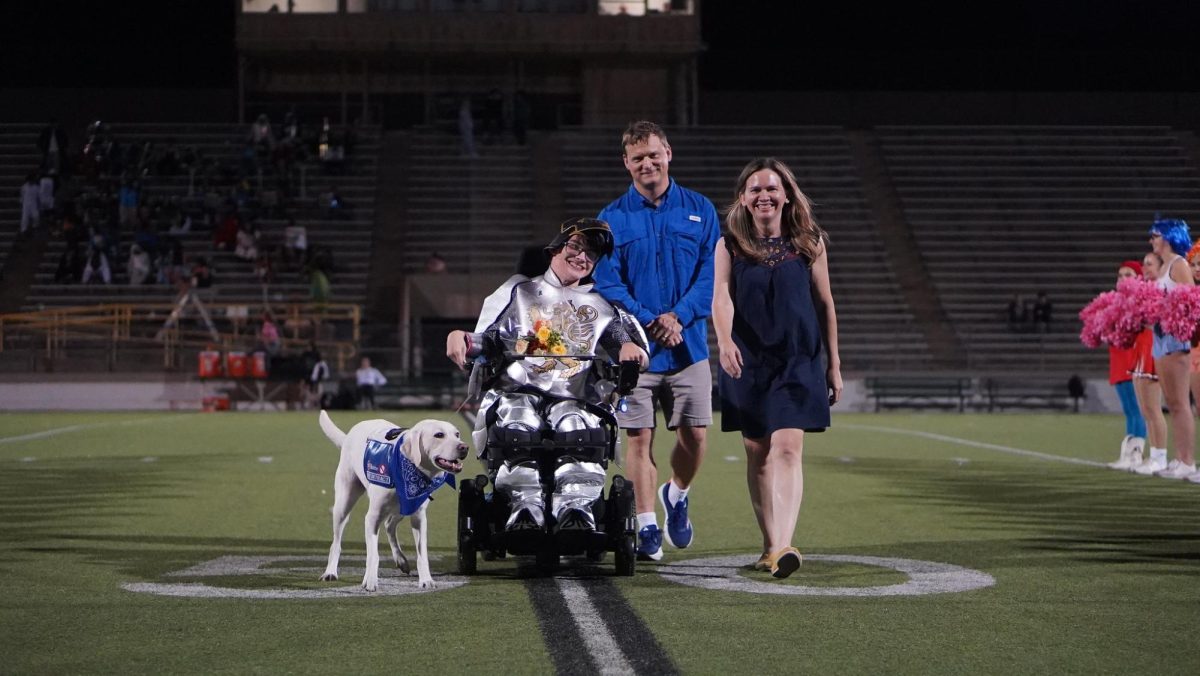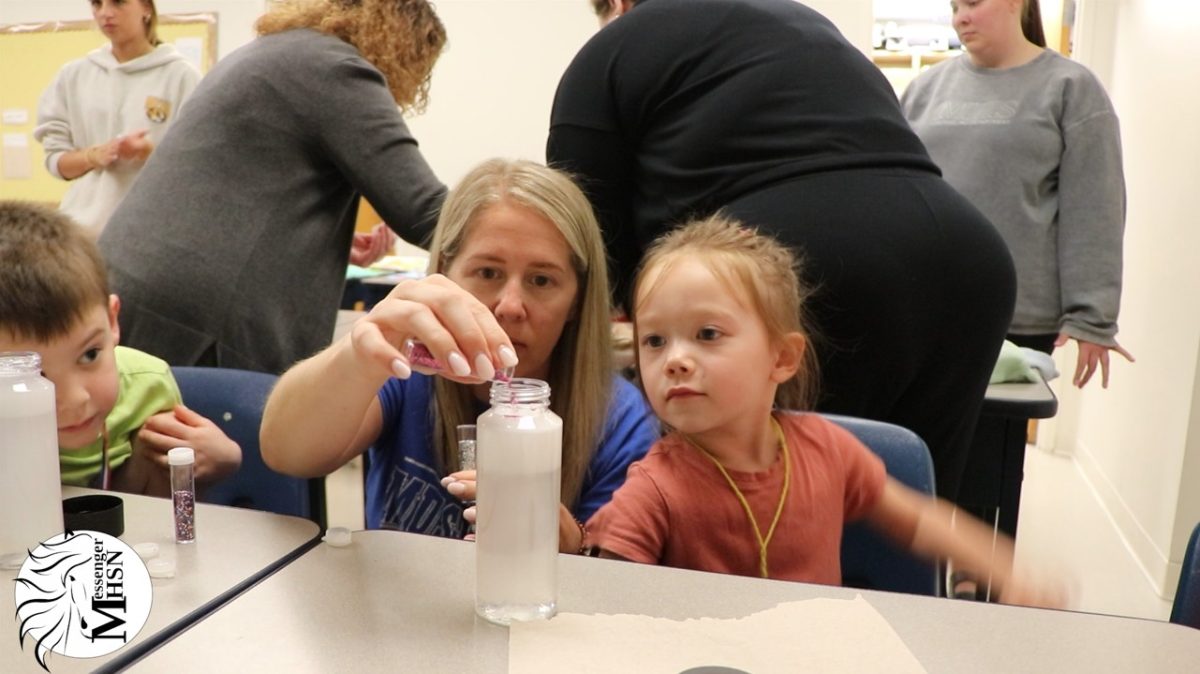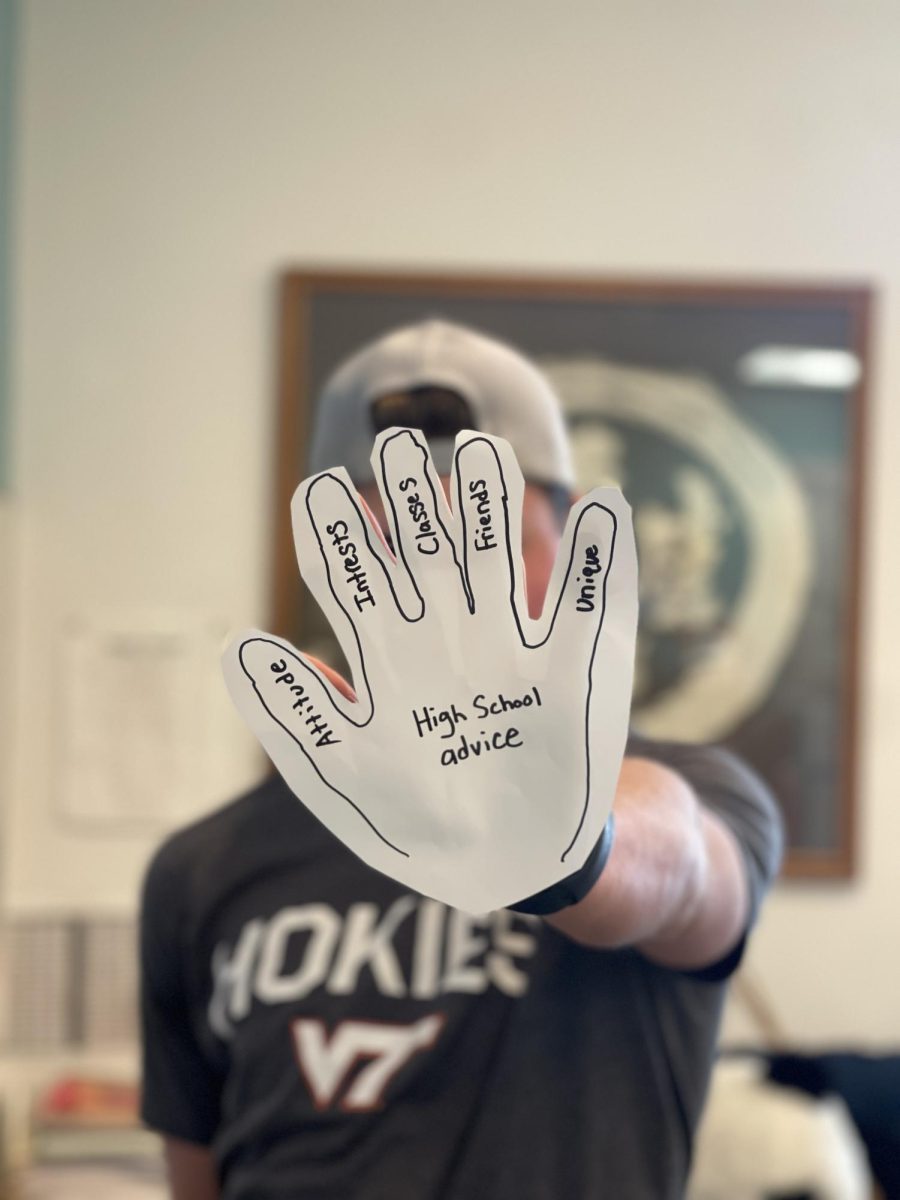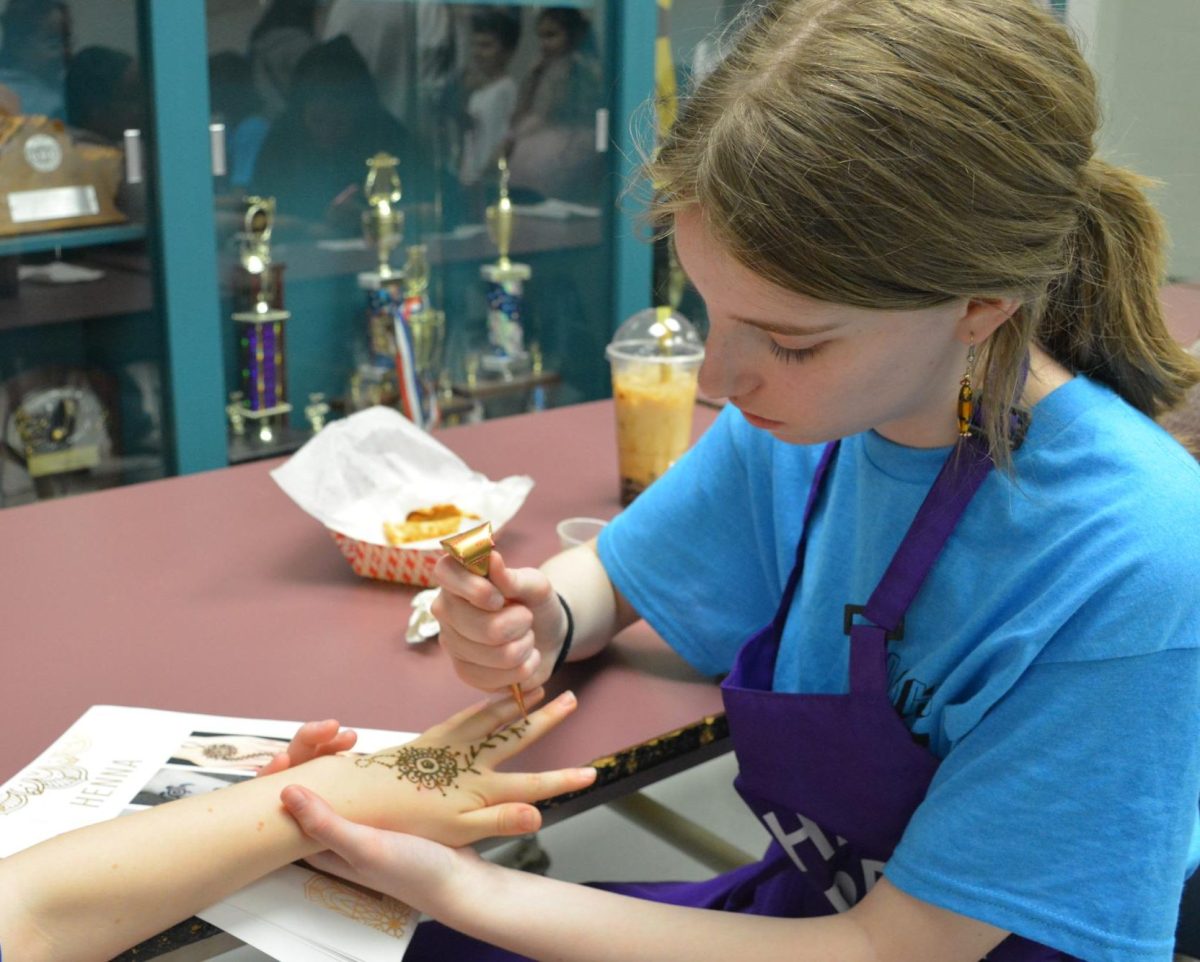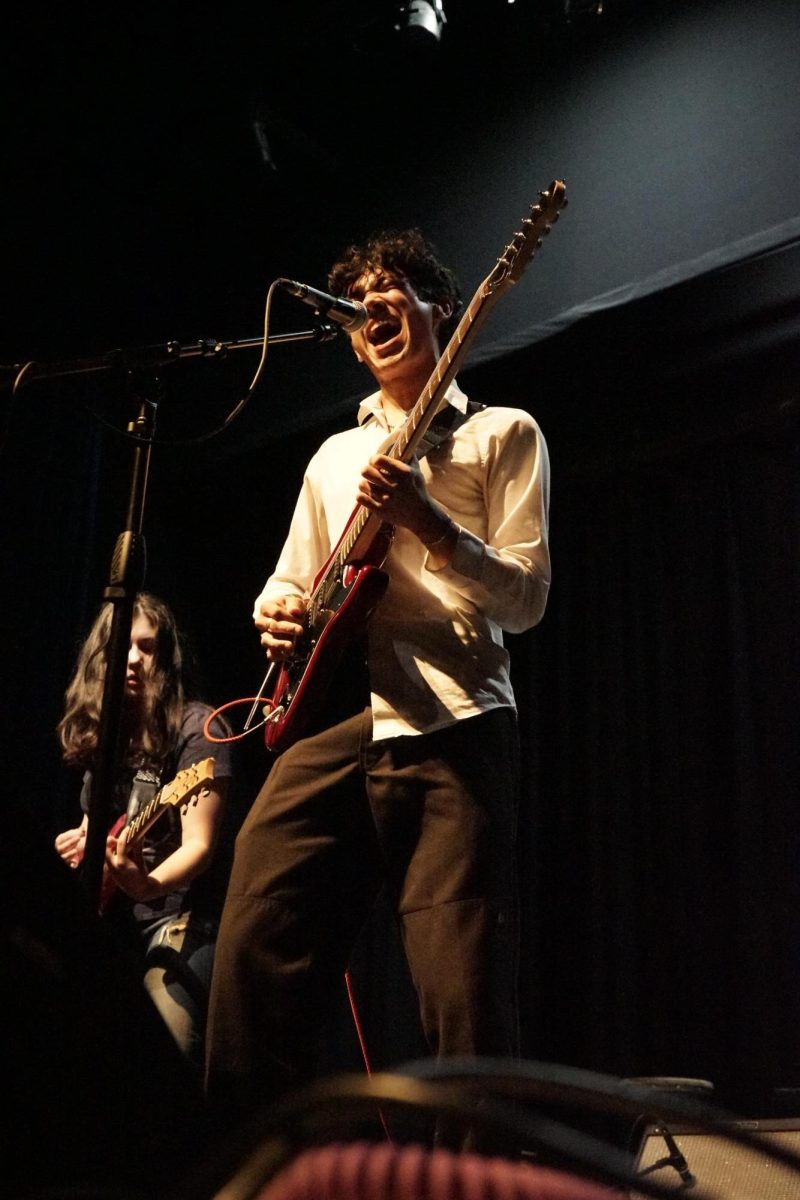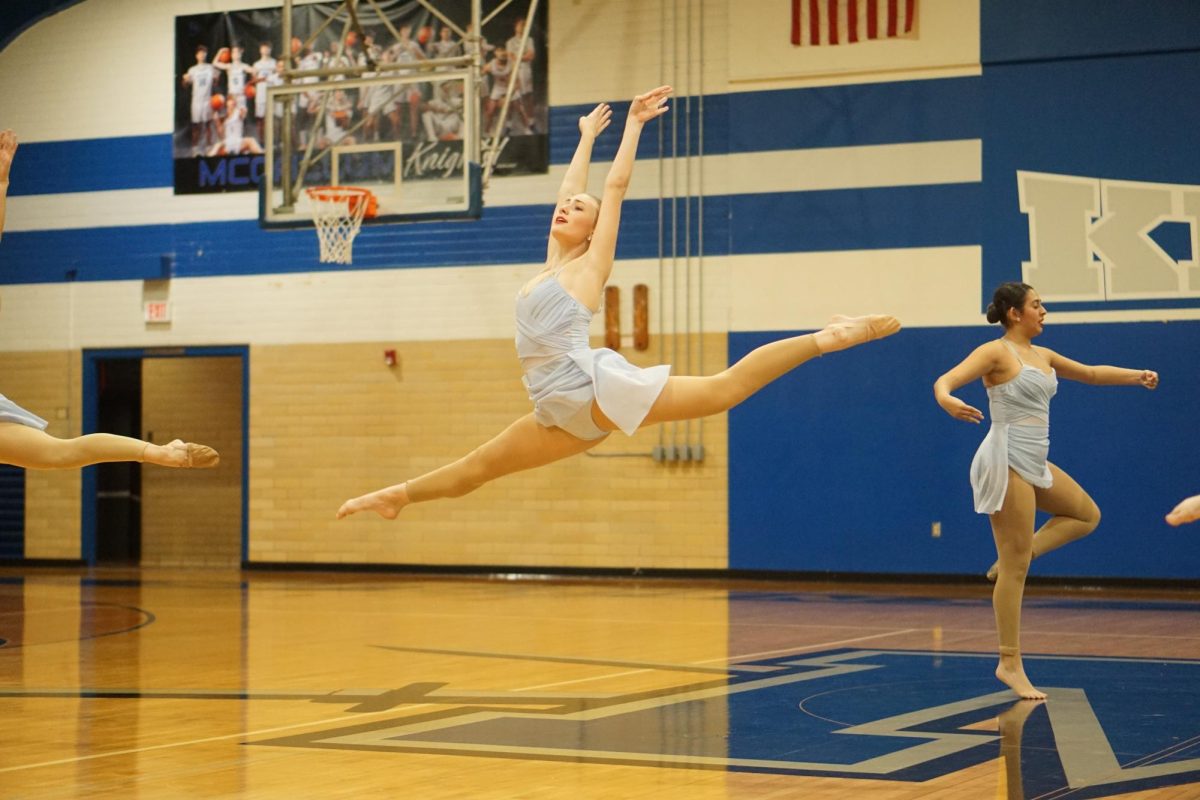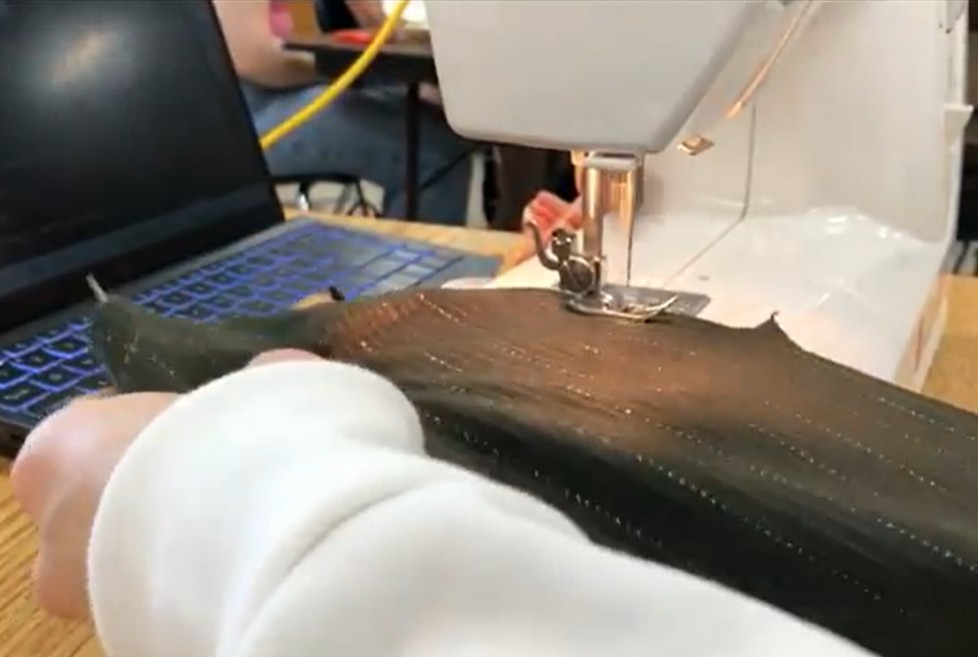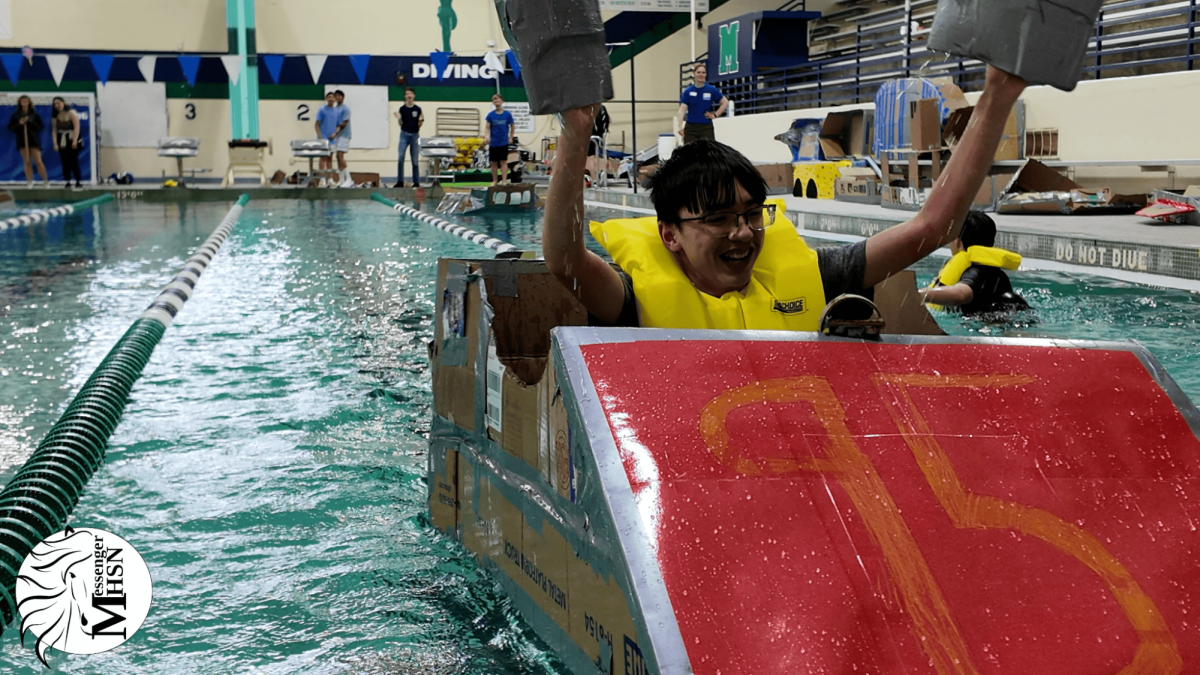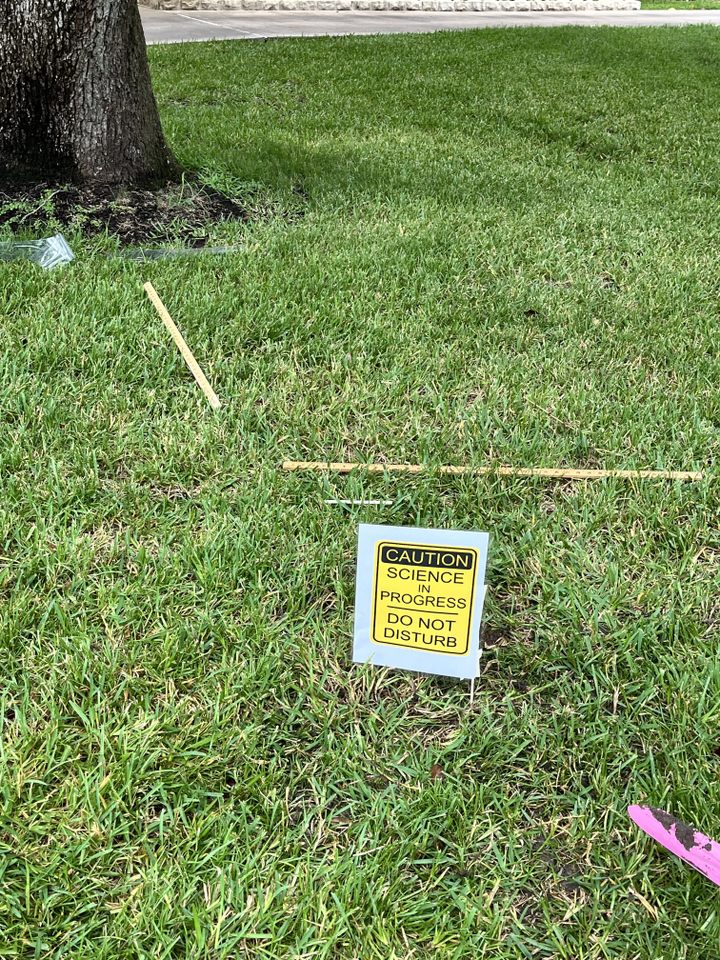After three desperate hours of digging in the dirt, freshman Ayush Lalwani finally found the object of his search—a decomposing, hole-ridden pair of underwear.
Lalwani originally buried the cotton panties for an Honors Biology project called Habitat Scouts, a new addition to the course, taught by Neha Mathur and David Castillo. The module is a collaboration with the University of Texas at Austin and aims to emphasize the importance of green spaces, “urban land covered by vegetation of any kind,” in the community. Students bury underwear provided by UT Austin for more than two months and observe its decomposition after digging it back up. The more raggedy the underwear, the more prevalent the microorganism population and the more robust the soil health.
Mathur discovered Habitat Scouts while researching high school summer research opportunities with her daughter. Realizing the resources UT Austin could offer, Mathur applied with the intention of bringing this project to the School.
“One of the things that I really want to bring to our Honors curriculum is more upper-level hands-on labs,” Mathur said. “Lecturing about what is happening is all good, but when students see it, that’s when actual learning happens.”
At first, UT Austin was hesitant to work with St. John’s since they usually give module grants to public schools. Yet Mathur successfully convinced them to collaborate on both Habitat Scouts and another biotechnology-oriented module, called Caffeinated Coli, which students will complete in the spring.
“We are the first private school who’s ever done this with UT Austin,” Mathur said. “It gives us a really good idea on where we can do more in collaboration with these universities near us.”
But in order to officially bring Habitat Scouts to reality, Mathur and Castillo had to convince the St. John’s administration, security and facilities team to let them dig.
“It was a hard sell to the security—they wanted to know what we were burying, and I explained it was just white cotton underwear,” Mathur said. “There were a couple of laughs at the expense of science, but that’s okay.”
When freshman Evie Ashcroft first heard about Habitat Scouts’ objectives, she was skeptical, though intrigued by the opportunity to work with UT Austin.
“I didn’t know burying underwear was a thing people did,” Ashcroft said. “But then I researched it more, and I found out that it does make a certain kind of sense, because pure cotton is easy to find in underwear.”
Lalwani was expecting to spend all of his time “sitting in the classroom and taking notes” when he decided to take Honors Biology, so he appreciates how Habitat Scouts prioritized the outdoors. Habitat Scouts tasked freshmen with activities like observing litter in their green space and measuring clay-silt-sand ratios in soil samples. And of course, they sent the tighty-whities underground.
In order to track the location of the buried underwear, Mathur and Castillo instructed each student group to draw maps and mark where they sent the underwear down under. Both Lalwani and Ashcroft buried their group’s pairs in wide open patches of grass near the Plaza.
Though Mathur and Castillo hoped to dig the underwear out according to the module’s guidelines two months after burial, mid-semester chaos snatched away all the time.
As a result, Mathur asked her students to dig theirs up at the beginning of second semester, while Castillo opted to wait till the end of the year. Though Lalwani and Ashcroft went into the dig optimistic about their chances, they soon found that locating the underwear was trickier than they had thought.
“It was a very humbling experience, to say the least,” Lalwani said. “It took two hours to get remotely close to it.”
Lalwani started at 10:30 a.m., dug through two free periods and even skipped lunch to complete his task. Near the three hour mark, he was close to giving up when freshman Luca Chang offered to help.
“He put the shovel in the ground one time,” Lalwani recalls. “And he found it.”
Ashcroft thought that the dig would take a maximum of 20 minutes, but she ended up using her entire 80-minute free carrier in a fruitless search.
“It was a little demoralizing,” Ashcroft said. “But many friendly Mavericks came to cheer us on while we were digging.”
Castillo hopes that students learn to appreciate the small things from Habitat Scouts.
“If we pulled that underwear out every day, you would see very little changes day to day. But over the course of the year, we might see a really, really large change,” Castillo said. “Also, I hope students learn that it’s nice to get your hands a little bit dirty—science can be pretty dirty.”
Both Honors Biology teachers hope to continue working with students on the module in the coming years and learn from certain aspects this year, like the time frame, that did not quite work out. Castillo wants to extend the module to incorporate more soil sampling and to include the SJS Gardening Club, which maintains a plot of land near the Lower School.
“We could have plots of underwear next to our veggies,” Castillo said. “We’re going to add to, blend, and adjust Habitat Scouts, because in the end it’s really good, hard, proper science.”
As for the current freshmen, Ashcroft is still in disbelief that her group did not find the underwear. She has come to the conclusion that sinister forces were at play.
“Someone stole our underwear,” Ashcroft claims.
Lalwani advises future freshmen to bury the underwear in a corner rather than a wide open space in order to speed up underwear recovery. His second piece of advice?
Keep digging. Just keep digging.
This story was originally published on The Review on February 11, 2025.




